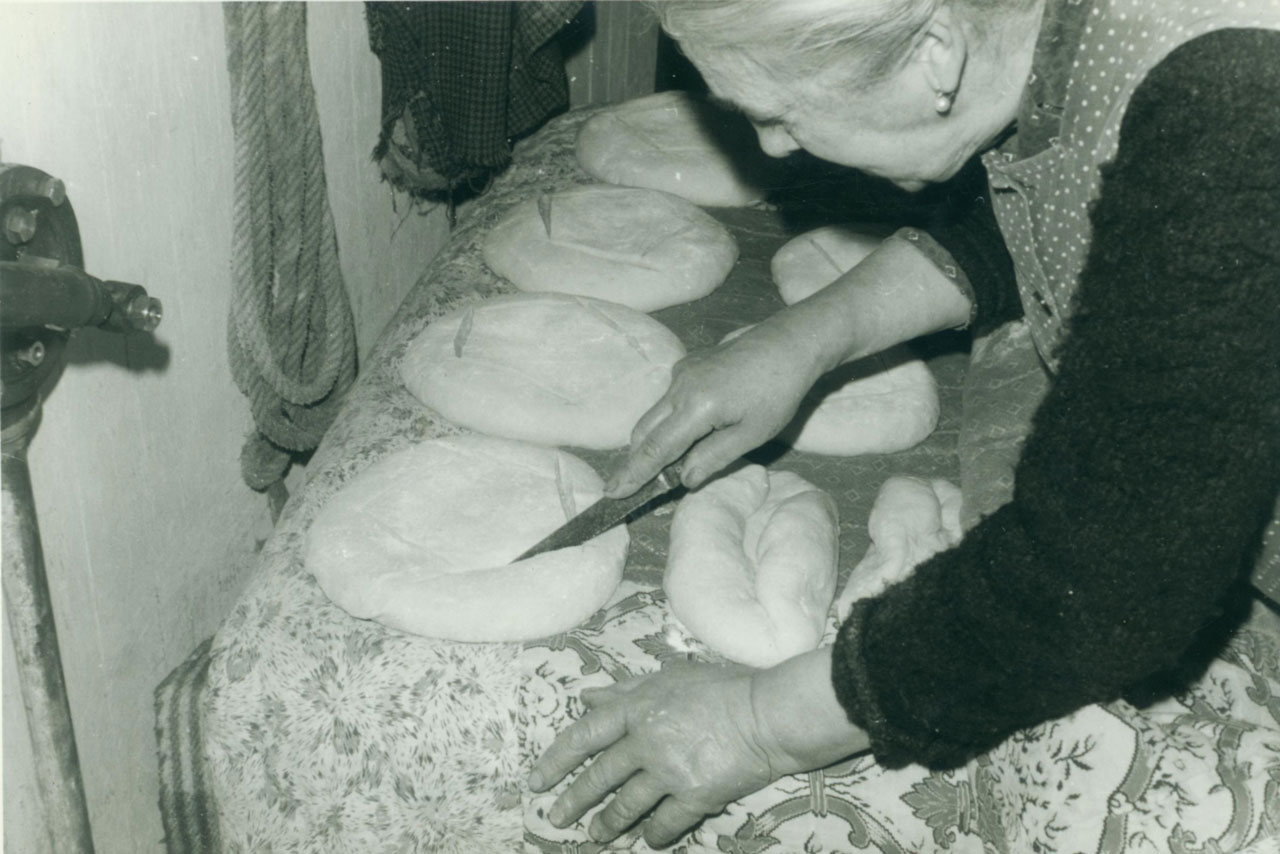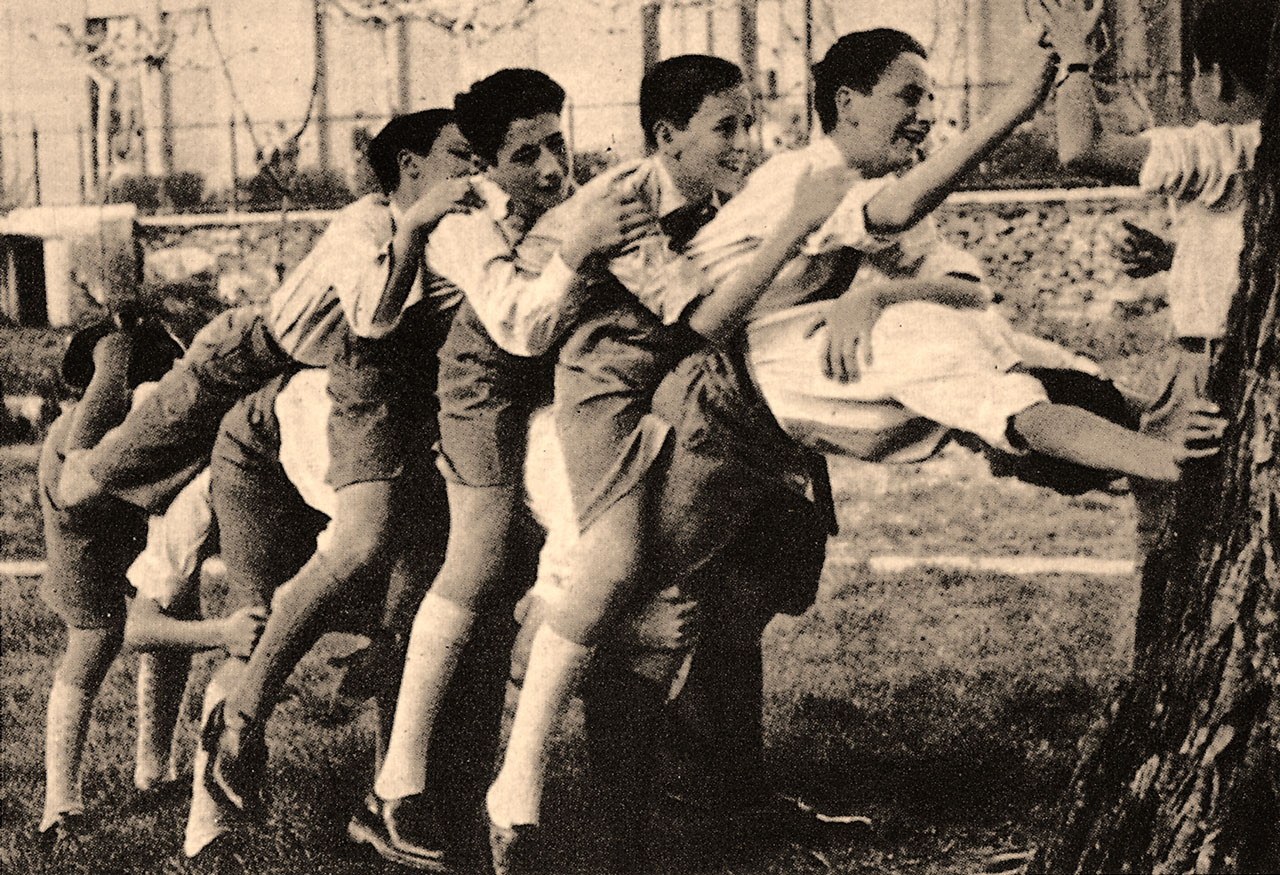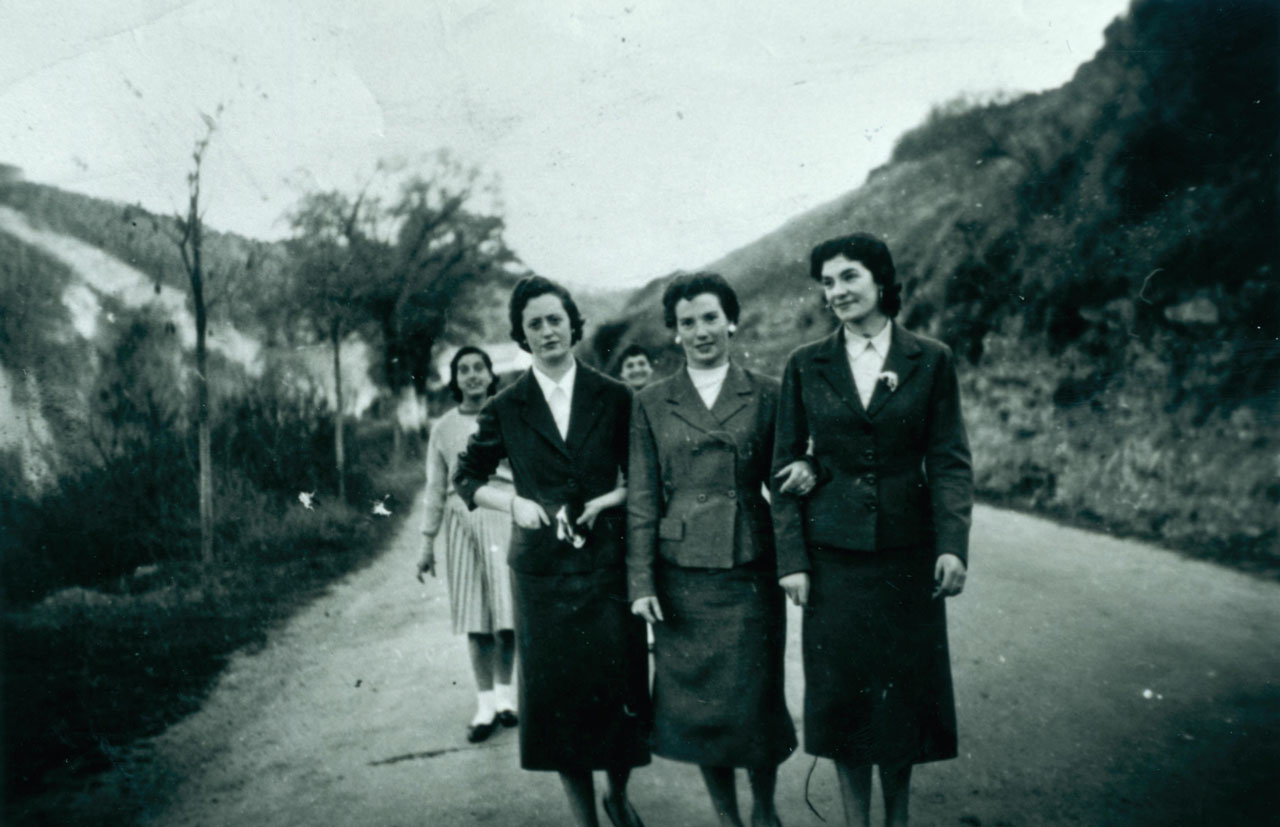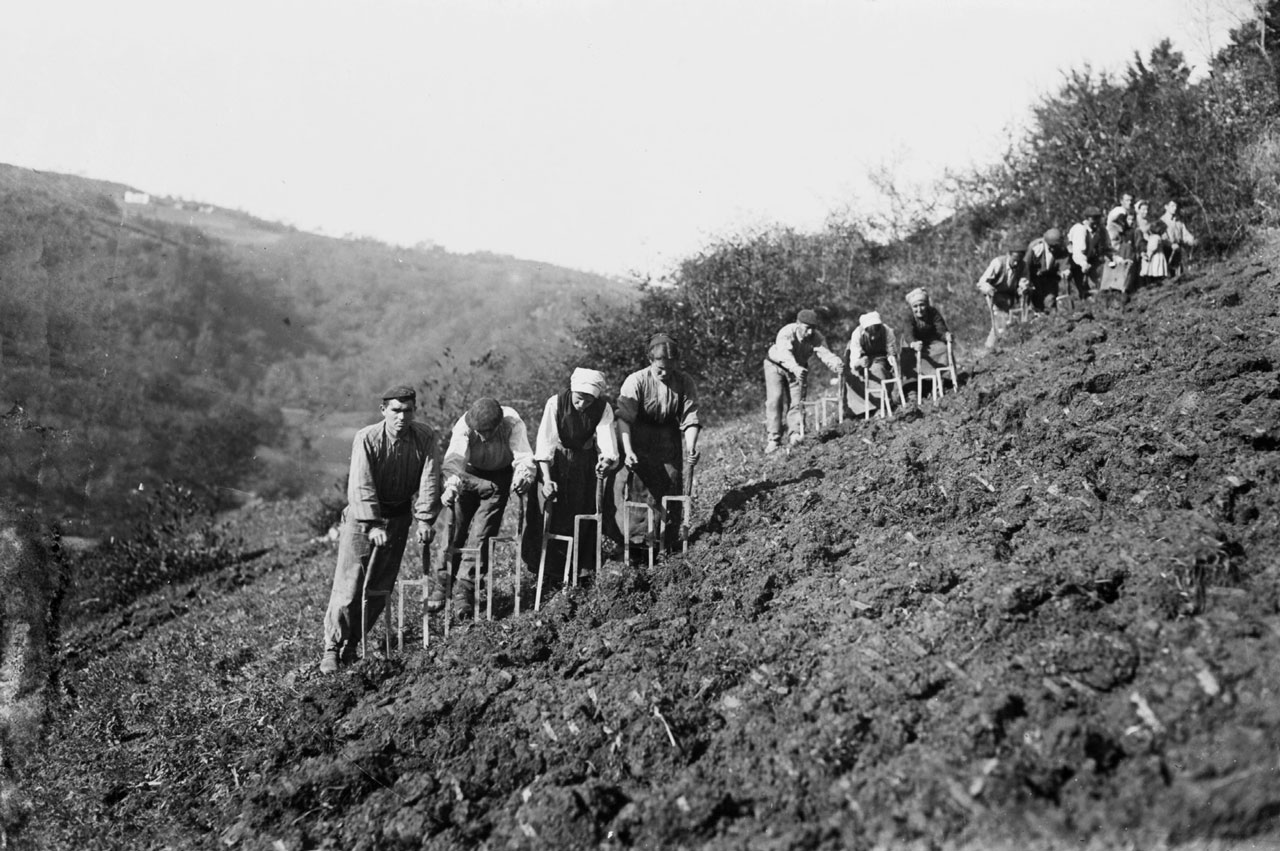Diferencia entre revisiones de «Main Page/en»
De Atlas Etnográfico de Vasconia
| Línea 2: | Línea 2: | ||
<languages /> | <languages /> | ||
| + | |||
| + | {{DISPLAYTITLE: Ethnographic Atlas of the Basque Country}} | ||
==[carousel]== | ==[carousel]== | ||
Revisión del 08:41 11 mar 2020
Old and young husband and wife. Areatza (B), beginning of the 20th century. Source: Rubén de Las Hayas’ private archive.
House and Family in the Basque Country


House and Family in the Basque Country
The aim was to ensure that the family wealth, taken to be the farmstead and its belongings, would be passed on in full or only slightly diminished, and improved if possible, from parents to their offspring.
Family Diet in the Basque Country


Family Diet in the Basque Country
Donde no hay ni pan ni pollos, el horno no está para bollos. If there’s no bread or chicken, you shouldn’t bake rolls.
Leapfrog jumping. Source: Iñigo Irigoyen, José. Folklore Alavés. Vitoria-Gasteiz: Chartered Government of Álava, 1949.
Children’s Games in the Basque Country


Children’s Games in the Basque Country
Astoka One or more participants bend down in a position that is usually called a frog and the others jump over them.
Traditional Medicine in the Basque Country


Traditional Medicine in the Basque Country
Osasun ona eukiteko, oiloekin ohera eta txoriekin jaiki. Early to bed and early to rise makes a man healthy, wealthy and wise.
Rites from Birth to Marriage in the Basque Country


Rites from Birth to Marriage in the Basque Country
Neskazaharrak joaten dira Madalenara, santuari eskatzera senar on bana. Folk song
Funeral Rites in the Basque Country


Funeral Rites in the Basque Country
Cuando el cárabo canta, la muerte levanta. When the tawny owl hoots, death wakes up.
Livestock Farming and Shepherding in the Basque Country


Livestock Farming and Shepherding in the Basque Country
A black animal, and particularly a billy goat, was considered to protect the herd, flock or barn throughout the area surveyed.
Agriculture in the Basque Country


Agriculture in the Basque Country
Spades, ploughs, rakes, sickles, scythes and threshers were the essential tools for agricultural work.








